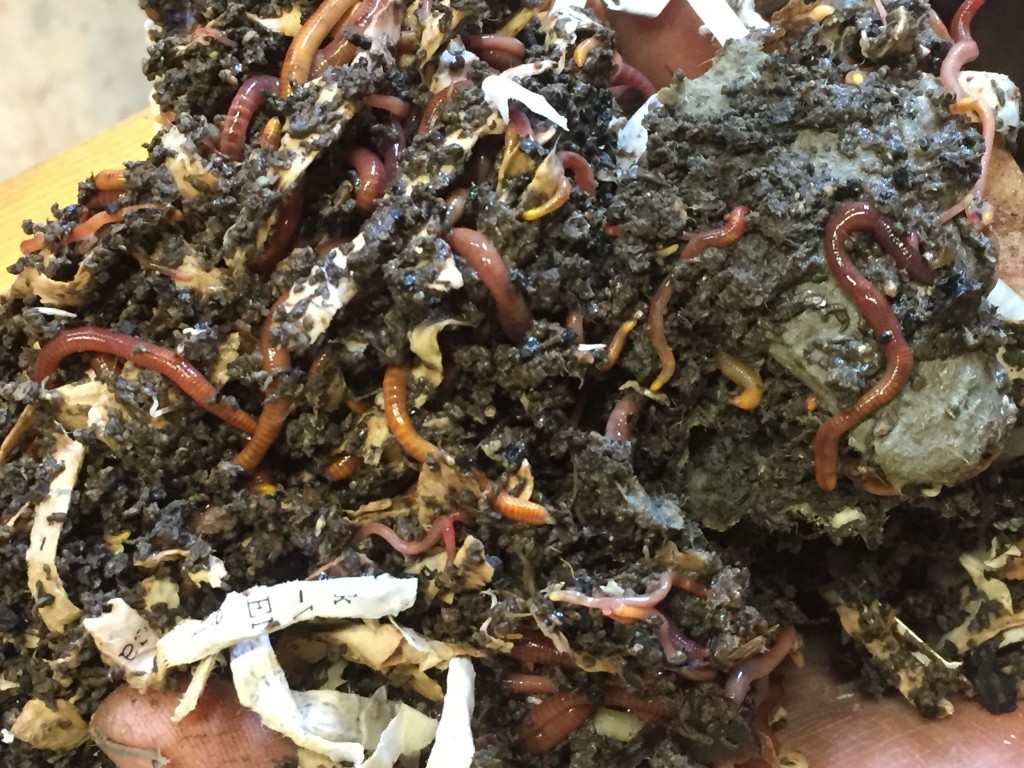What Does Red Wiggler Express Do?
The 25-Second Trick For Red Wiggler Express
Table of ContentsOur Red Wiggler Express IdeasSome Known Incorrect Statements About Red Wiggler Express The Definitive Guide for Red Wiggler ExpressRed Wiggler Express for DummiesRed Wiggler Express Fundamentals Explained
Some worm farmers actually hold back food and water to imitate dry spell conditions and bump up cocoon production. We don't suggest this for the home composter as it has the prospective to kill off a lot of of your finest worms. Now that you understand all concerning the red worm it's time to go out and find a good supplier and get an extra pound or more and begin your very own worm ranch.We'll talk regarding how to preserve red wigglers and why they should be the best worm for many composters. Fun fact: The "fetid" component of the binomial name refers to what some state is a smelly secretion the red wiggler uses to fend off predators. The anatomy of a red wiggler resembles that of other common earthworms; a long-segmented body starts at the pointed head and terminates at a slightly-flatted tail.
Fascination About Red Wiggler Express
The gastrointestinal system is simple, starting at the mouth where the worm begins to consume its food prior to passing it on the vocal cords. The pharynx is a muscle section which imitates a pump to pull food right into the mouth prior to pumping it out into the esophagus. The esophagus is narrow and thin-walled and works as the "waiting space" for the gizzard.
Keep in mind: This need for grinding is why grit is suggested in a worm bin. The worm includes no native grinding capability so the worm relies on ingested grit to help grind its food in the gizzard. The tummy is where the first chemical malfunction of food takes place with the aid of a protein-busting enzyme.

Within 42 days, these baby worms will reach sexual maturation as confirmed by the development of the clitellum. A mature red wiggler can be anticipated to live between one to three years. The mighty red wiggler may often be utilized as a lure worm for smaller fish or as a protein resource for chickens and reptiles.
6 Simple Techniques For Red Wiggler Express
And as discussed above, they are the most usual composting worm in the world. Why? Well there's probably not simply one factor. Instead, a mix of cost, hardiness, and comfort in a variety of temperature levels makes it the most appropriate composting worm for a lot of new vermicomposters. Red wigglers and their cocoons can endure in a variety of problems.
This is an usual method amongst worm carriers that don't intend to risk having the worms rest in a hot or chilly storage facility over the weekend. Worm growers are not keeping worms in a circumstance where they prepare to deliver. The worms must be harvested from their environment initially, so growers will certainly usually establish a Friday or Saturday target date in order to harvest in time for a Monday shipment.
To save on delivery price, you might want to see if there are any kind of neighboring "Mother and Pop" stores through a Google search (Worm Farms United States).
I call these the "Big 3" factors of worm container maintenance. If you keep all 3 within proper arrays, after that there's not * that * a lot that can go incorrect with your container. As pointed out previously, red wigglers have a wide temperature resistance. For ideal results, keep a temperature of 55F-90F. Short departures out of that temperature level array are great.
A Biased View of Red Wiggler Express

For best outcomes, you intend to strive about 60-70% moisture degree. The simplest test for this is to press a handful as tough as you can. At the excellent wetness levels which is just under 70% that handful ought to hardly produce one decline of liquid. pH in a worm bin is quite simple to maintain.


The European Nightcrawler, the bigger cousin of the red wiggler, is just as starved and likewise produces a great bait worm. It likes a little bit of a cooler setting than the red wiggler. The African Nightcrawler is a huge composting worm and makes a beautiful, granular actors.
The Indian Blue is voracious, but likewise chooses a warmer environment and it also displays a tendency to leave the container. The red wiggler is a hardy worm and isn't as particular concerning its environment. I like to call it the Ford Taurus of vermicomposting worms; you will not boast to your hardcore composting pals that you possess them, but they will certainly serve you well.
Examine This Report about Red Wiggler Express
Surefire active 1/2 pound of hand arranged Red Wigglers/Compost with worms (+500 worms) in different phases of life from cocoons to mature worms in their natural environment/bedding. Hand arranged worms reduced down on the disturbance of the worms therefore insuring online shipment. Red wiggler worms do not like vibrations or light.